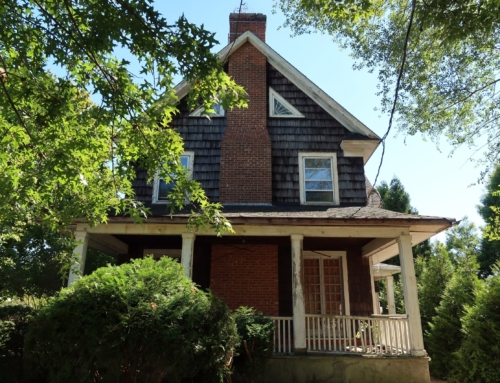 The news from HOPE NOW, the industry-created alliance of mortgage servicers, investors, counselors, and other mortgage market participants, is that the endless miseries of loan modification hell may be abating.
The news from HOPE NOW, the industry-created alliance of mortgage servicers, investors, counselors, and other mortgage market participants, is that the endless miseries of loan modification hell may be abating.
If Americans, who were in need of a loan modification, were in Dante’s second or third circle of Hell (as punishment for trying to achieve the American dream of home ownership), they may have just moved into purgatory’s vestibule. And lenders, likewise, have moved from the eighth circle to the fourth (as prodigals)…or at least this is how I remember it from 11th grade English class. In short, the numbers are encouraging, but not overwhelmingly so. As John Dalton, President, Housing Policy Council put it, “There is still significant work to do, and we are still in the most challenging period since the Great Depression.”
The good news is that between July 2007 and June 2011, 4.7 million permanent loan modifications were completed. And 3.96 million of those were proprietary loan modifications while more than 760,000 were completed under the government sponsored HAMP program. For those proprietary loans, 80 percent of them are less than 90 days past due. Most telling of all is that foreclosure sales are down 25 percent from last year and foreclosure starts also declined by 9 percent.
HOPE NOW’s executive director Faith Schwartz is upbeat about the improved numbers. “After four years of active outreach by HOPE NOW’s participating members, mortgage delinquencies are down and loan modifications are up. We are committed to helping Americans stay in their homes,” said Schwartz.
The bad news is that the foreclosure crisis may be a long way from over, despite improvement in the analytics. There are many who are still in loan modification hell of course. Industry experts like Atlanta-based Mark Teytel of Realty1st suggest that we could be facing at a 50-1 ratio of shadow inventory; for every foreclosed home out there, there may be another 50 waiting in some bureaucratic queue. This is understandably worrying to experts, because of the implied negative impact it would have on existing housing values.
In trying to take the temperature of lenders in the processing of foreclosures on a state level, David Stevens, President, Mortgage Bankers Association and HOPE NOW member said, “At the beginning of the crisis, there were various things in various states that affected the foreclosure rate. State regulations varied. Some have been worked through. There is nothing unique is going on at this time.” It seems there are still some obstacles in place, differing between states, that are acting to keep the backlog full.
The improved loan modification numbers and foreclosure sale progress may be cold comfort to those who are still waiting for a modification in their own hellish limbo. It is often a lack of solid information that makes the waiting that much more painful.






Leave A Comment